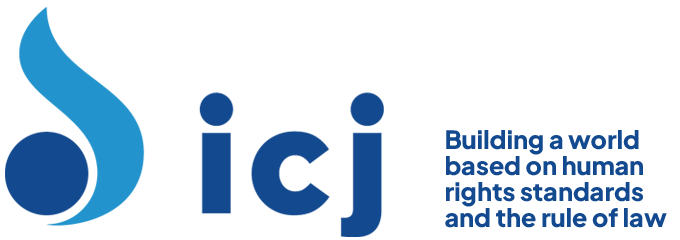Procedural Posture
The petitioner, an American citizen, appealed against the immigration agency’s denial of a visa petition for her husband on the basis of their marriage.
Facts
The petitioner, an American citizen, was a transgender woman who had legally changed her sex in 2001. In 2002 she married a male citizen from El Salvador and filed a visa petition on behalf of her husband. The immigration agency rejected the petition on grounds that the marriage of the petitioner and her husband was invalid under the Federal Defense of Marriage Act (DOMA).
Issue
Whether the marriage between a man and a transgender woman was valid for the purposes of the Immigration and Nationality Act.
Domestic Law
Defense of Marriage Act (DOMA) (the word marriage meant only a legal union between one man and one woman as husband and wife, and the word “spouse” referred only to a person of the opposite sex who was a husband or a wife).
Immigration and Nationality Act, Section 201(b)(2)(A)(i) (providing for classification as “immediate relatives” for the “children, spouses, and parents of a citizen of the United States”).
North Carolina General Statutes, Section 51-1 (valid and sufficient marriage would be created by the consent of a male and female person who may lawfully marry, presently to take each other as husband and wife, freely, seriously, and plainly expressed by each in the presence of the other), and Section 130A-118 (issuing of new birth certificates to be made by the State Registrar when: (4) A written request from an individual was received by the State Registrar to change the sex on that individual’s birth record because of sex reassignment surgery, if the request was accompanied by a notarised statement from the physician who performed the sex reassignment surgery or from a licensed physician who had examined the individual and could certify that the person had undergone sex reassignment surgery).
MT v. JT, Superior Court of New Jersey, United States, 1976 (rejecting Corbett and finding dispositive the sex of the individual on the day of marriage and not at birth).
Reasoning of the Court
The Board’s analysis was in two steps. First, it examined the validity of the petitioner’s marriage; second, it determined that the marriage qualified under the Immigration and Nationality Act. The Board found that the petitioner underwent gender reassignment surgery and amended her birth certificate according to the guidelines of Section 130A-118. As such, her marriage did not violate North Carolina’s statutory definition of marriage and her marriage was legal in North Carolina.
The dispositive issue was whether the petitioner’s birth sex precluded recognition of her marriage under the Immigration and Nationality Act. The State argued that DOMA’s limitation of marriage to the union of a man and woman prevented the federal government from recognising the petitioner’s marriage. Deciding in favour of the petitioner, the Board focused on the legislative history of DOMA and found that Congress did not address the issue of postoperative transsexuals and marriage. Indeed, Congress had failed to consider MT v. JT, an important transgender marriage case that recognised a post-operative transgender woman in her reassigned sex for the purposes of marriage. Therefore, the Board reasoned, DOMA did not prevent federal recognition of a marriage between the petitioner and a man. The Board also rejected the State’s argument that gender could be determined exclusively by chromosomal pattern without regard to other factors such as gender identity. Not only were there more than two possible chromosomal patterns, but medical experts had identified at least eight criteria that were used to determine gender.
Finally, the Board held that the sex designation on an original birth certificate was a poor indicator of gender. Normally, the sex of newborns was determined using only the appearance of their external genitalia. This method was faulty because an intersex person might have external genitalia that corresponded to one sex but a chromosomal pattern that corresponded to another. For these reasons, the Board ruled that it was appropriate to determine gender from the information on a current birth certificate issued by the State in which the marriage took place.
The Board held in favour of the petitioner. If a married couple presented documents proving that the State in which they married recognised them as an opposite-sex couple, then, for purposes of immigration visas, the federal government must also recognise their marriage.
In re Jose Mauricio Lovo-Lara and Gia Teresa Lovo-Ciccone, Board of Immigration Appeals, United States (full text ofjudgment, PDF)
